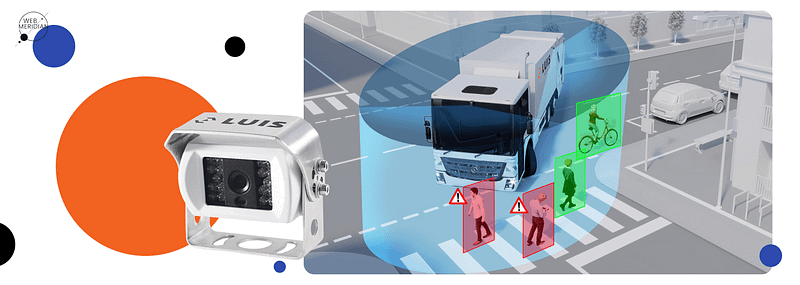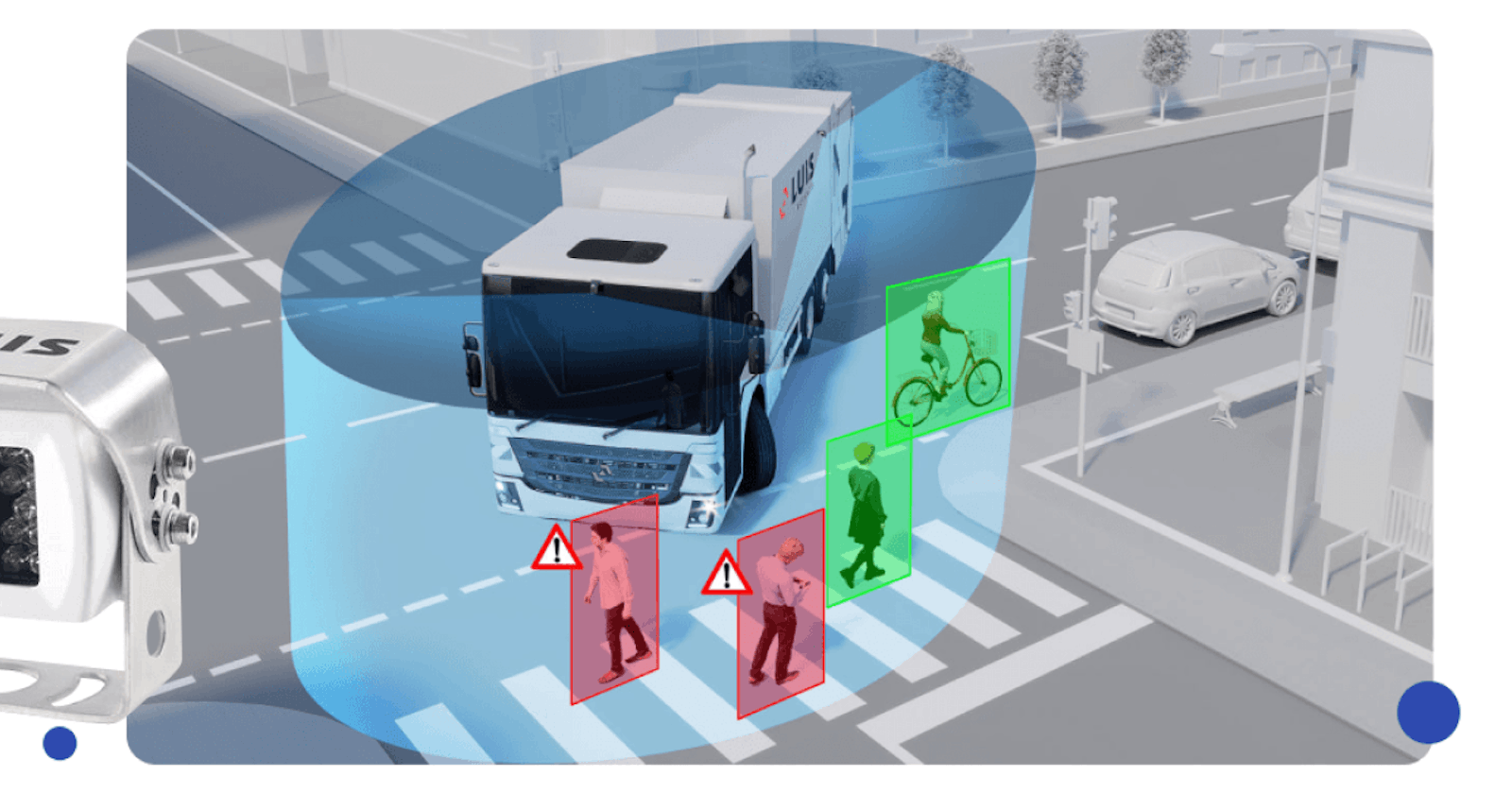Success Story: Know-How Luis Created a Better Shopping Experience With Magento Upgrade from 2.3.x to 2.4.2
Table of contents
- Client’s Challenges With Upgrading Magento Version
- What You Can Learn From This Story: Magento 2.4 Upgrade Steps and Tips
- How to Upgrade Magento to 2.4
- Customisation and Post-Migration Issues Solving
- Our Point of View| Post Migration Challenges
- Many Unexpected Problems Might Arise After the Migration and Threaten the Stability of the Website
- The Magento 1 Theme Is Incompatible With Magento 2
- The Customisation That is Present in Magento 1 Must Be Re-written for Magento 2
- A Website’s Speed May Drop if It Is Not Properly Optimised, Which Might Harm Its Organic Performance
- Migration Might Hurt Organic Traffic if It Is Not Handled Properly From the SEO Perspective
- New Integrations
- Don’t Forget to Upgrade to PHP 8
- The Solution — The Core Part of Our Companies’ Synergy
- Results
- Final Words
The article was initially published in WebMeridian blog.

One of Europe’s top video monitor and driving assistance systems producers is LUIS Technology GmbH.
Our customer is a German manufacturer that provides products to the following sectors:
logistics
municipal
agricultural
construction
passenger transport and long-distance transport
camping
cars
nautical
They focus on wireless reversing systems, turning assistants, 360° systems, cameras, monitors, and other cutting-edge staff for safe vehicle drivers working.
Client’s Challenges With Upgrading Magento Version
In a nutshell, the WebMeridian team’s main emphasis was upgrading Magento from version 2.2.6 to version 2.4.2 using customised and non-customised modules and delivering it to production.
What You Can Learn From This Story: Magento 2.4 Upgrade Steps and Tips
Your online store needs to upgrade to Magento. You should regularly improve your site if you want to boost your online sales.
The most recent Magento 2.4.2 version offers noteworthy improvements and new features like:
Improved purchase approvals
Reduced time-to-market
Enhanced shopfront performance
API performance has been improved.
Administration reaction time is now faster.
Enhanced the default search engine
Remote storage options are supported.
Reach out to us to learn more about Magento maintenance services to keep your eShop current if you are currently on an outdated platform and wish to benefit from Magento 2.
How to Upgrade Magento to 2.4
Review the extensive Magento 2.4 Upgrade Guide from Adobe first.
Verify sure you are utilising Magento 2.4-compatible versions by looking at your technological stack.
List all of the modules you’re using.
If you haven’t already, make sure to record any modifications you make.
Run the update a few times during dry runs in a modest environment.
After completing your initial local upgrade, you need to know which parts are performing well and which need to be improved.
Continue updating and testing locally as you rework any code.
Once everything appears to be in order locally, deploy the new code into an integration environment and have your QA team test it.
Customisation and Post-Migration Issues Solving
Post-Migration Support. The last step is to integrate your purchase history and client information so that you may seamlessly switch from the old site to the new site.
It takes time to migrate from Magento 1 to Magento 2. Usually, it takes three months. Naturally, this time limit may be extended if the site is challenging or highly personalised, especially if you encounter difficulties.
There are no error-free migration initiatives. Anything that can go wrong will if Murphy’s law is true. We may still attempt to stop it by taking action.
Our Point of View| Post Migration Challenges
Let’s examine the most common Magento 2 post-migration issues and how to address them in order to reduce technical difficulties and extra costs.
Many Unexpected Problems Might Arise After the Migration and Threaten the Stability of the Website
During the first week of the following go-live, the project delivery, SEO, UX, and data layer core teams continue to keep an eye on the website. Experts work closely with the client to guarantee that back-end operations are easy and that company indicators stay stable.
The Magento 1 Theme Is Incompatible With Magento 2
When you upgrade to Magento 2, you cannot keep your current theme. You’ll need to find a new one. To be more specific in my response, you will need to redo all of the shopfront modifications you made.
The Customisation That is Present in Magento 1 Must Be Re-written for Magento 2
Because Magento 1 and Magento 2 code is typically compatible, using the Code Migration Tool is one of the simplest methods to migrate your extensions and custom code. Even though it cannot guarantee error-free migration, it significantly speeds up the process.
A Website’s Speed May Drop if It Is Not Properly Optimised, Which Might Harm Its Organic Performance
A website may become slower and less trustworthy if it is not optimised because of huge graphics, shoddy scripting, too many plugins, and a bloated database. Site speed is another crucial element affecting a website’s natural success.
Migration Might Hurt Organic Traffic if It Is Not Handled Properly From the SEO Perspective
A website will comply with all best practices after a successful SEO migration, and the authority and ranking of the previous site will be carried over to the new one. URL mapping is among the most crucial elements of website transfer. Redirects must be set up in order to aid visitors and search engines in navigating the new site. When there are URL redirects, search engines will be aware of attributing page authority from backlinks, for example, to the new site.
New Integrations
Any CRM, ERP, or payment gateways that you have already integrated with your Magento will need to be redone. However, Magento 2 offers more default built-in connectors and supports more complex APIs. Suppliers also provide pre-made solutions for various integrations, necessitating just the configuration of an API Key and API Secret for a secure connection.
Don’t Forget to Upgrade to PHP 8
Your website utilises a particular version of the programming language called PHP. And it’s simple: New versions get support and enhancements, while older ones progressively fade away.
Furthermore, newer versions function more effectively, and most new programming solutions will probably be built on the most recent versions without backward compatibility with older versions.
In conclusion, you should use one of the supported PHP versions, if not the most recent one, for both performance and security.
If you are not using the most recent version, there are several risks that your store might be susceptible to cyber threats.
Just a handful of the PHP issues that might be problematic are:
directory transversal,
memory corruption,
DoS,
information gain,
code execution,
bypass,
overflow,
SQL injection,
HTTP response splitting,
and other security flaws
Therefore, choosing one of the supported PHP versions would be wise if you are not using the most recent version.
Open to learning more? Explore our latest article about how to upgrade to PHP8 properly.
The Solution — The Core Part of Our Companies’ Synergy
The whole scope of the WebMeridian team’s work includes the following:
Magento Upgrading to the latest version
Updating of all modules installed on the project
Development of custom modules for the new version of the website
Installing modules
HTML coding
Development of the product configurator
Quality assurance during the entire development and deployment process
Results
By upgrading Magento to the most recent version, you may benefit from the newest technology and provide your consumers with a better shopping experience. Your digital commerce firm will grow faster, and new doors will open as a result. The most recent Magento 2.4.2 version offers noteworthy improvements and new features like:
Improved purchase approvals
Reduced time-to-market
Enhanced shopfront performance
API performance has been improved.
Administration reaction time is now faster.
Enhanced the default search engine
Remote storage options are supported.
Final Words
It is normal to find the upgrading inconvenient and to feel overburdened by the entire process. You will receive complete support from WebMeridian while you upgrade to Magento 2.4. We would be happy to assess your needs and organisational requirements and provide a plan to satisfy them. Instead of delaying until it’s too late, we advise that you start the procedure as soon as you can.

